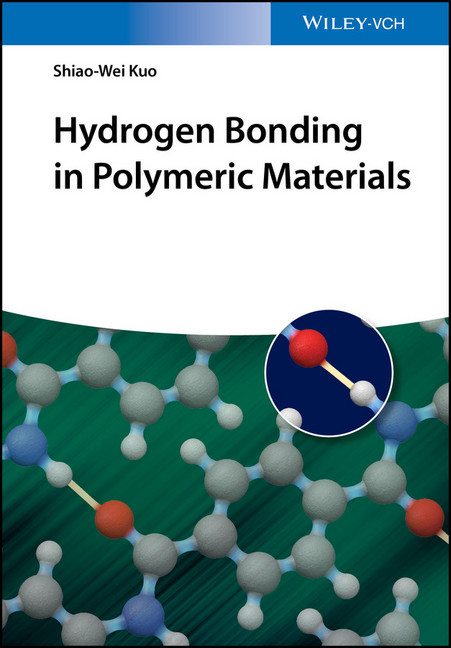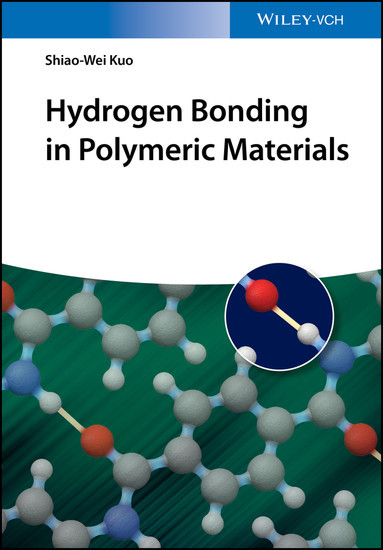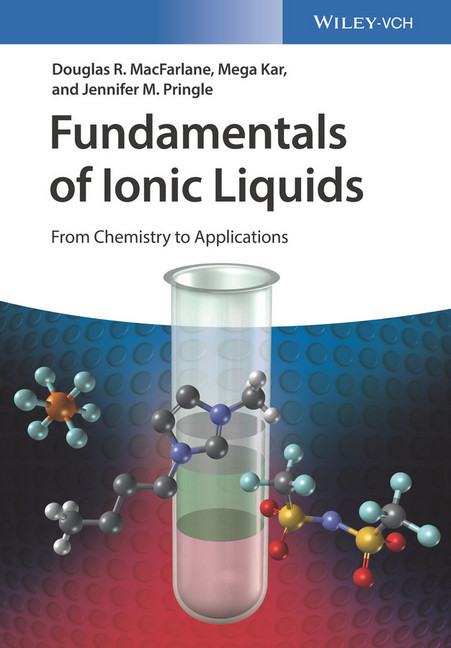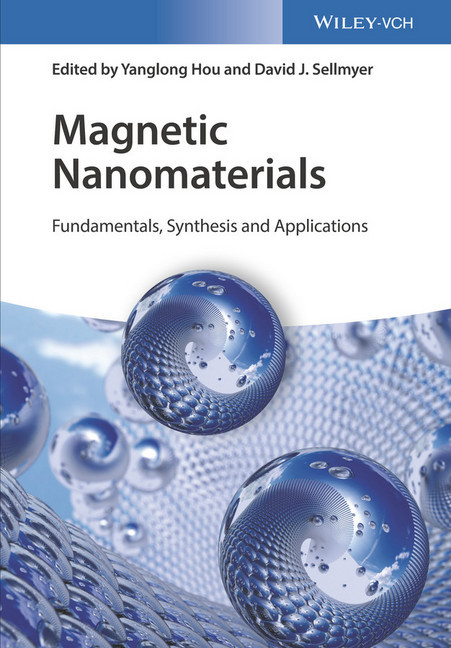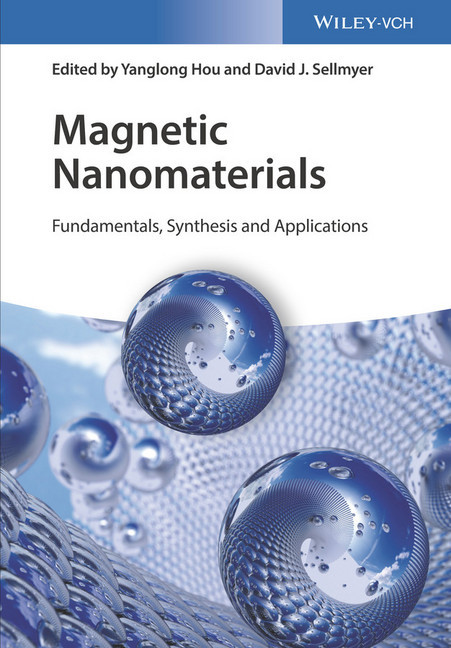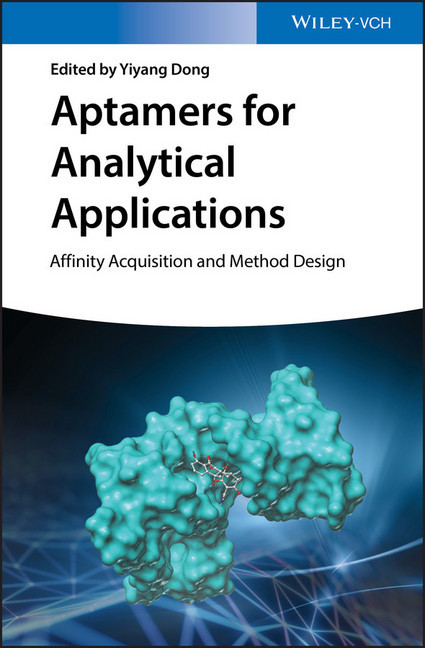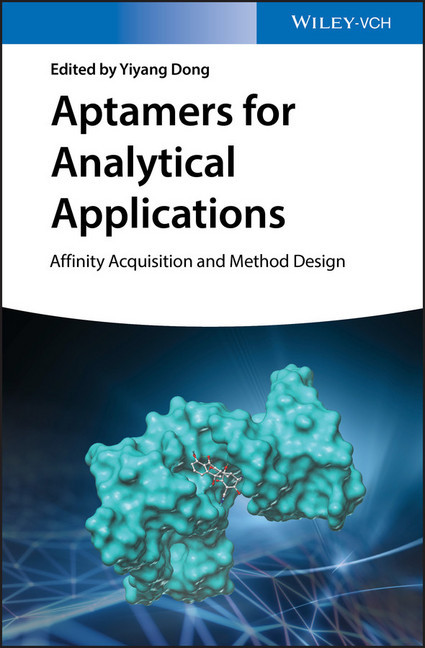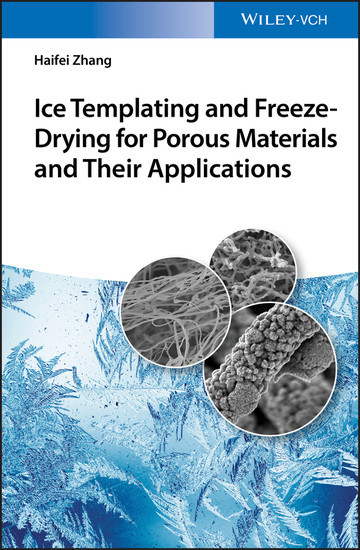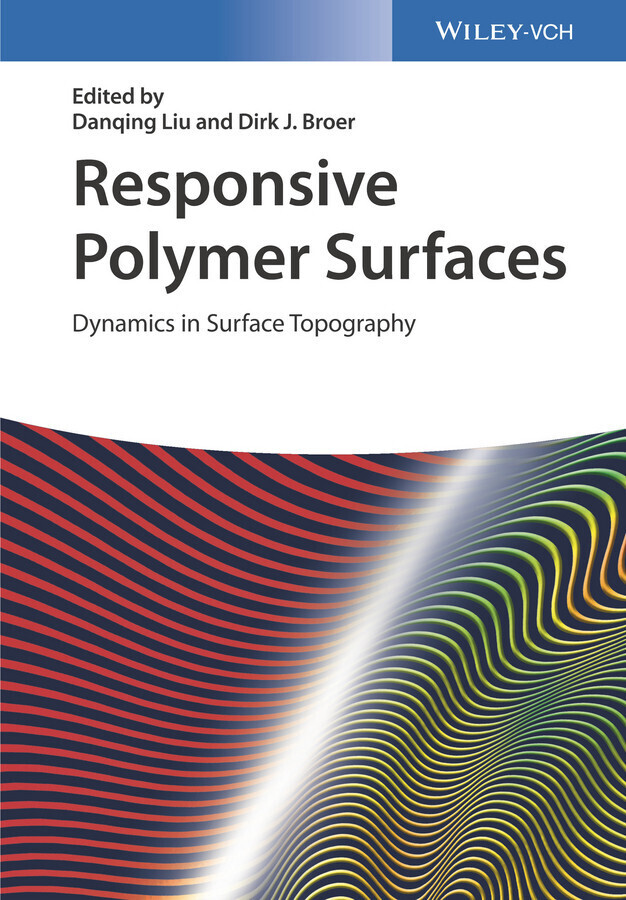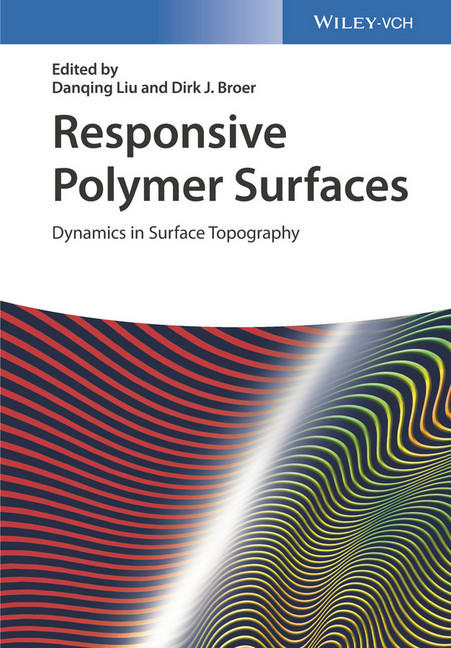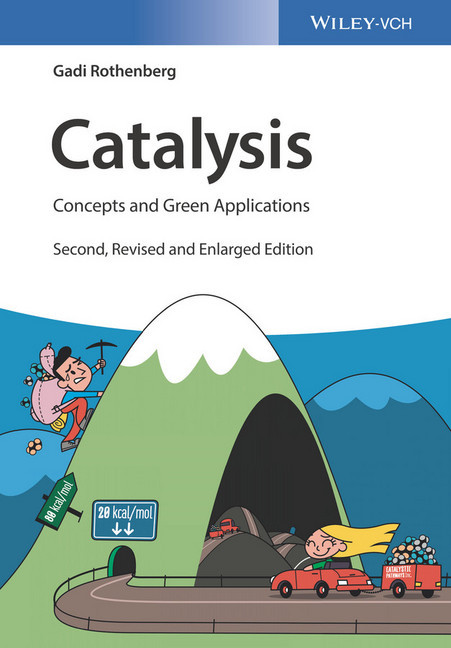Hydrogen Bonding in Polymeric Materials
Summarizing our current knowledge of the topic, this book describes the roles and effects of hydrogen bonding in polymer materials by reviewing the latest developments over recent years.
To this end, it discusses all relevant aspects from the fundamentals, via characterization, to properties and applications in various polymeric materials, including polymer blends, block copolymers, mesoporous materials, biomacromolecules and nanocomposites.
Invaluable reading for scientists in polymers and materials as well as those working in macromolecular chemistry.
To this end, it discusses all relevant aspects from the fundamentals, via characterization, to properties and applications in various polymeric materials, including polymer blends, block copolymers, mesoporous materials, biomacromolecules and nanocomposites.
Invaluable reading for scientists in polymers and materials as well as those working in macromolecular chemistry.
Shiao-Wei Kuo is Professor in the Department of Materials and Optoelectronic Science at National Sun Yat-Sen University, Taiwan. He received his PhD in Applied Chemistry from National Chiao-Tung University, Taiwan. After some years of postdoctoral research work there and in the University of Akron, USA, he joined National Sun Yat-Sen University as a faculty member. His research interests include polymers, supramolecules, self-assembly nanostructures, mesoporous materials, POSS nanocomposites, low surface free energy materials, and polypeptides. He has published over 300 research papers and several book chapters.
1;Cover;1 2;Title Page;5 3;Copyright;6 4;Contents;7 5;Preface;11 6;Abbreviation;13 7;Chapter 1 Hydrogen Bonding in Polymeric Materials;19 7.1;1.1 Introduction;19 7.1.1;1.1.1 Hydrogen Bonds;20 7.1.2;1.1.2 Characterization of Hydrogen Bonding;21 7.2;References;24 8;Chapter 2 Hydrogen Bonding in Polymer Blends;27 8.1;2.1 Thermodynamic Properties of Polymer Blends;28 8.2;2.2 Association Model Approach;30 8.3;2.3 Measurement of Hydrogen Bonding Using Infrared Spectroscopy;32 8.3.1;2.3.1 Self?Association Equilibrium Constants;32 8.3.2;2.3.2 Interassociation Equilibrium Constants;35 8.4;2.4 Factors Influencing Hydrogen Bonds;38 8.4.1;2.4.1 Intramolecular Screening Effect;39 8.4.2;2.4.2 Functional Group Accessibility;39 8.4.3;2.4.3 Acidity of H?Bond Donor Groups;41 8.4.4;2.4.4 Basicity of H?Bond Acceptor Groups;42 8.4.5;2.4.5 Steric Hindrance;43 8.4.6;2.4.6 Bulky Group Effect;43 8.4.7;2.4.7 Temperature Effect;44 8.4.8;2.4.8 Solvent Effect;46 8.5;2.5 Miscibility Enhancement Through Hydrogen Bonding;46 8.5.1;2.5.1 Miscibility Characterization;46 8.5.2;2.5.2 Incorporation of H?Bonding Functional Groups in Polymer Chains;48 8.5.3;2.5.3 Effect of Inert Diluent Segment;50 8.5.4;2.5.4 Ternary Polymer Blends;51 8.6;References;54 9;Chapter 3 Physical Properties of Hydrogen?Bonded Polymers;59 9.1;3.1 Glass Transition Temperatures;59 9.1.1;3.1.1 Positive Deviation of Glass Transition Temperature;59 9.1.2;3.1.2 Negative Deviation of Glass Transition Temperature;66 9.2;3.2 Melting Temperature (Tm);68 9.3;3.3 Dynamic Behavior;69 9.4;3.4 Crystallization Behavior;72 9.5;References;74 10;Chapter 4 Surface Properties of Hydrogen?Bonded Polymers;79 10.1;4.1 Low Surface Energy Polymers;79 10.1.1;4.1.1 Polybenzoxazines;81 10.1.2;4.1.2 Poly(vinyl phenol);85 10.1.3;4.1.3 Antisticking Applications of PBZs;90 10.1.4;4.1.4 Tuning the Surface Properties of PBZ Thin Films;91 10.2;4.2 Superhydrophobic Surfaces;96 10.2.1;4.2.1 Superhydrophobic Surfaces of PBZ after Plasma Treatment;98 10.2.2;4.2.2 PBZ/SiO2 Hybrid Superhydrophobic Surfaces;100 10.2.3;4.2.3 PBZ/CNT Hybrid Superhydrophobic Surfaces;103 10.3;References;106 11;Chapter 5 Sequence Distribution Effects in Hydrogen?Bonded Copolymers;111 11.1;5.1 Block Copolymers versus Random Copolymers;111 11.2;5.2 Block Copolymers versus Polymer Blends;116 11.3;5.3 Separated Coils versus Chain Aggregates;120 11.4;References;123 12;Chapter 6 Hydrogen Bond?Mediated Self?Assembled Structures of Block Copolymers;125 12.1;6.1 Self?Assembled Structures in the Bulk State;125 12.1.1;6.1.1 Mixtures of Diblock Copolymers and Low?Molecular?Weight Compounds;127 12.1.2;6.1.2 Diblock Copolymer/Homopolymer Mixtures;129 12.1.2.1;6.1.2.1 Immiscible A-B Diblock Segments; C is Miscible With B, but Immiscible With A;129 12.1.2.2;6.1.2.2 Immiscible A-B Diblock Segments; C is Miscible with Both A and B;137 12.1.2.3;6.1.2.3 Miscible A and B Diblock Segments; C is Miscible with Both A and B;144 12.1.2.4;6.1.2.4 Miscible A and B Diblock Segments; C is Miscible with B, but Immiscible with A;148 12.1.3;6.1.3 Diblock Copolymer Mixture;151 12.2;6.2 Self?Assembled Structures in Solution;158 12.2.1;6.2.1 Mixtures of Block Copolymers and Low?Molecular?Weight Compounds;159 12.2.2;6.2.2 Block Copolymer/Homopolymer Mixtures;163 12.2.3;6.2.3 Diblock Copolymer Mixtures;165 12.2.4;6.2.4 Noncovalently Bonded Micelles (Block?Free Copolymers);170 12.3;References;177 13;Chapter 7 Mesoporous Materials Prepared Through Hydrogen Bonding;185 13.1;7.1 Mesoporous Silica Materials;185 13.1.1;7.1.1 Monomodal Mesoporous Silicas by A-B Block Copolymer;187 13.1.2;7.1.2 Monomodal Mesoporous Silicas Formed Using A-B Block Copolymer/Homopolymer Blends;197 13.1.3;7.1.3 Hierarchical Mesoporous Silica Materials;204 13.2;7.2 Mesoporous Phenolic/Carbon Materials;215 13.2.1;7.2.1 Mesoporous Phenolic/Carbon Materials from A-B Block Copolymers;215 13.2.2;7.2.2 Mesoporous Phenolic/Carbon Materials from A-B Block Copolymer/Homopolymer Blends;225 13.2.3;7.2.3 Mesoporous Phenolic/Carbon
Kuo, Shiao-Wei
| ISBN | 9783527804269 |
|---|---|
| Artikelnummer | 9783527804269 |
| Medientyp | E-Book - PDF |
| Copyrightjahr | 2018 |
| Verlag | Wiley-VCH |
| Umfang | 384 Seiten |
| Sprache | Englisch |
| Kopierschutz | Adobe DRM |

